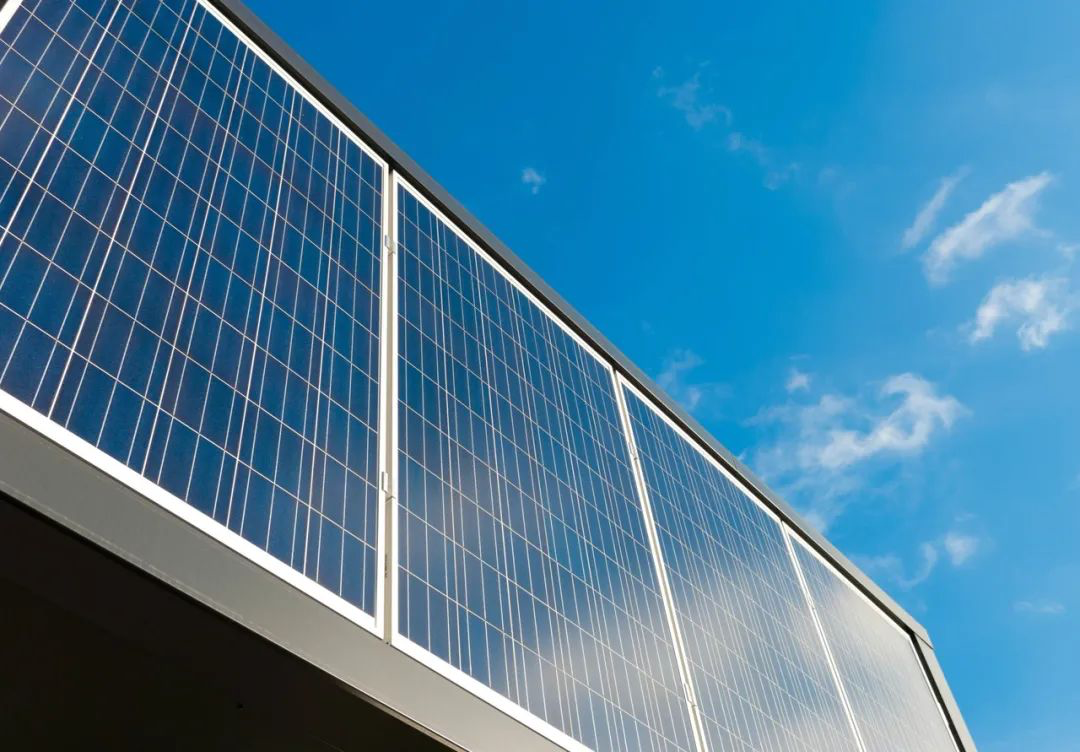

The Versatility of Semi-Reflective Glass A Modern Marvel in Architecture
In recent years, architectural design has witnessed an evolution in materials that not only serve functional purposes but also enhance aesthetic appeal. One such material is semi-reflective glass, a technological advancement that combines transparency and reflection in a unique way, offering a plethora of benefits for modern buildings. This article explores the characteristics, applications, and advantages of semi-reflective glass, shedding light on why it has become a favored choice among architects and builders.
Understanding Semi-Reflective Glass
Semi-reflective glass is a specialized type of glass that features a thin coating designed to reflect a portion of light while allowing some degree of transparency. This unique property allows natural light to penetrate indoor spaces, reducing the need for artificial lighting while maintaining privacy and mitigating glare. The coating is often made using advanced technologies such as vacuum deposition, which ensures durability and longevity.
Enhancing Energy Efficiency
One of the most significant advantages of semi-reflective glass is its contribution to energy efficiency. In a world increasingly focused on sustainability, buildings that utilize this type of glass can significantly reduce energy consumption. By reflecting solar radiation, semi-reflective glass minimizes heat gain during hot seasons, leading to lower cooling costs. Conversely, during colder months, the glass allows sunlight to warm the interior, reducing heating expenses. This dual functionality makes it an attractive option for both residential and commercial properties.
Aesthetic Appeal

Semi-reflective glass not only excels in functionality but also offers a sleek, modern appearance. The reflective qualities can create stunning visual effects on the façade of buildings, allowing structures to blend harmoniously with their surroundings. The subtle reflections can change throughout the day based on the position of the sun, adding dynamism and character to architectural designs. Many architects leverage these aesthetic properties to create eye-catching buildings that stand out in urban landscapes while still respecting the environment.
Applications in Modern Architecture
The versatility of semi-reflective glass makes it suitable for various applications. In commercial buildings, it is often used for office façades, ensuring ample natural light for employees while keeping energy costs in check. In residential settings, it can be applied in windows and sliding doors, allowing homeowners to enjoy views and natural light without compromising privacy. Additionally, semi-reflective glass is favorable in high-rise buildings, where it can help mitigate the wind load on the structure while providing striking views of the skyline.
Privacy Without Sacrifice
One of the standout features of semi-reflective glass is its ability to provide privacy without entirely blocking the view. In urban settings, where buildings are often in close proximity to each other, this glass allows occupants to enjoy natural light and scenic views while preventing prying eyes from seeing into their spaces. This characteristic makes it particularly popular for residential applications, where homeowners seek tranquility without feeling isolated.
Conclusion
Semi-reflective glass is more than just a building material; it is a modern solution that addresses several challenges in architecture. Its energy efficiency, aesthetic appeal, and privacy-enhancing qualities make it a compelling choice for both residential and commercial settings. As architects continue to innovate and push the boundaries of design, semi-reflective glass stands out as a transparent bridge between functionality and artistry, setting a new standard in contemporary architecture. With its many benefits, this remarkable material is poised to play an integral role in the architectural landscape of the future.